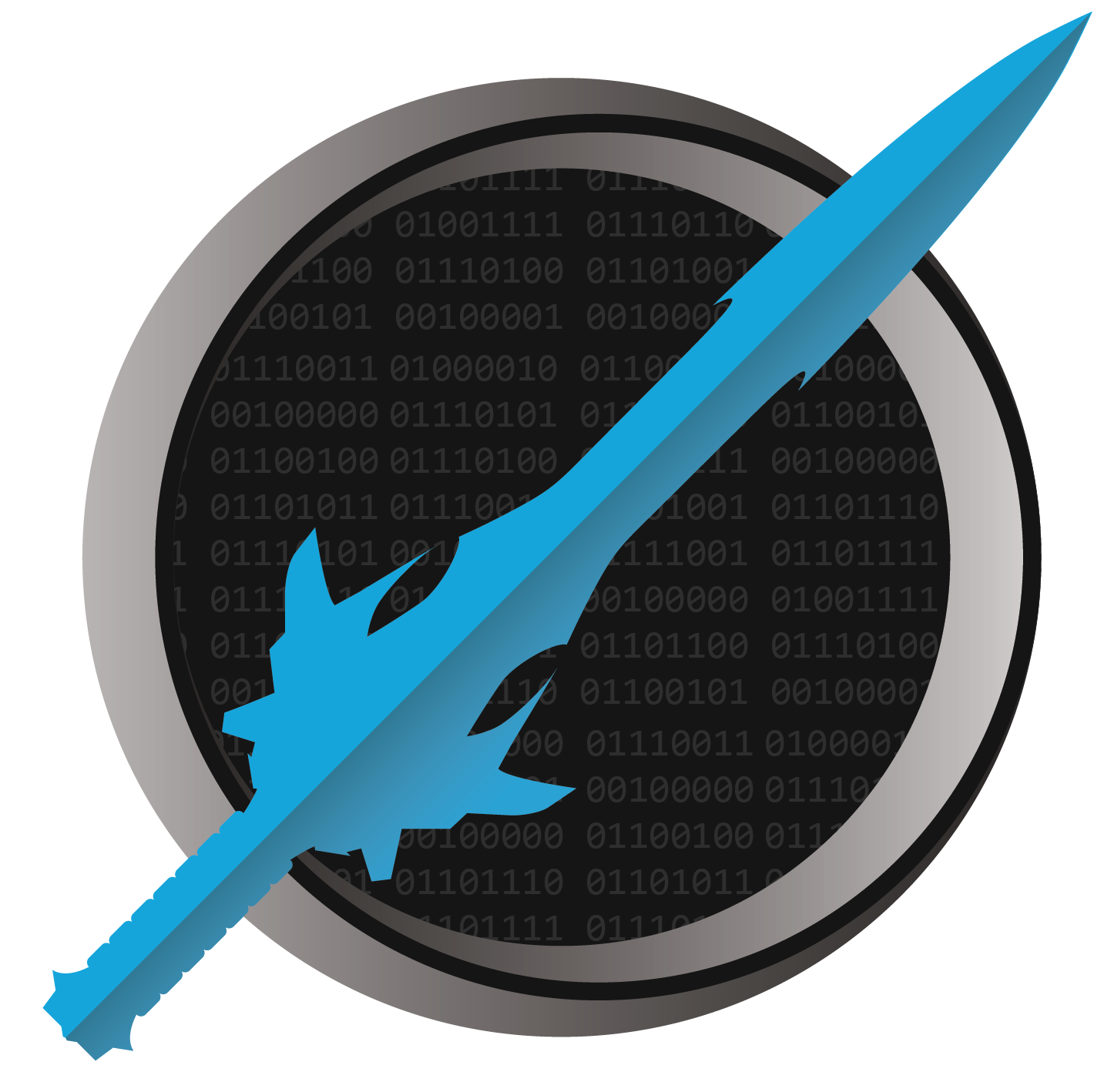What’s New in the 5th Edition
The 5th Edition is a relatively minor update from the 4th Edition, with the main goal to account for changes in C# 10, .NET 6, and Visual Studio 2022. I’d estimate that 96% of the content remained more or less the same (though every sentence got at least two more revision passes, so there are likely tiny clarity changes throughout the book).
Still, the C# language is evolving at a crazy rate. I’m shocked at how fast the language can evolve, even with 20+ years of life behind it. If C# 10 had just been minor tinkering, I’d have left 4th Edition well enough alone. But though the changes where comparatively minor for the book, I didn’t feel like I could ignore how C# has evolved in just a single year and update.
The major changes are these:
- Updates for C# 10, .NET 6, and Visual Studio 2022
- Level 3: Top-level statements are now the default. The 4th Edition said, “Make a new project, and then gut it and replace it with a simple
System.Console.WriteLine("Hello, World!");”, but that is no longer necessary, if you’re using the right project template. This doesn’t make for a wildly different book, since the book assumed you were using top-level statements anyway, but I also know that many readers ignored those instructions and used the old-style approach instead. That will probably happen less now. - Level 3 and Level 33: Some
usingdirectives are automatic now, includingusing System;, which means you won’t ever need to put ausingdirective into your programs for those super common namespaces. The code is simpler. - Level 22: Nullable type annotations are now on by default, meaning
stringnow means “a definitely not null string” andstring?now means “a possibly null string.” This feature was available in C# 9, but it was not on by default. It’s such a small thing, but it has a huge impact. - Level 28: Structs can now have field initializers and you can define a parameterless struct. In fact, Level 28 got quite a bit of revision.
- Level 29: Records can now be classes or structs, whereas before, they could only be classes. Level 29 got quite a bit of revision because of this.
- Level 33: There’s now the concept of a global
usingdirective that you can add in one place and have it applied across every file in a project. - Level 33: You can now do “file scoped” namespace declarations (
namespace SomeName;) and shed the extra curly braces and indentation. - Level 38: Lambdas can now support an explicit return type:
int (int x) => x * 2;. - Level 40: Nested property patterns let you replace
{ Property1: { Property2: 0 } }with{ Property1.Property2: 0 }.
- Level 3: Top-level statements are now the default. The 4th Edition said, “Make a new project, and then gut it and replace it with a simple
- I moved the discussion about local functions up from Level 34 to Level 13. Given that top-level statements that include methods are local functions, it seemed important to have that conversation earlier than 4th Edition was having it.
- I had quite a few questions around scope, names, and code organization. Scattered through the book, but especially early on, I added in several “code map” diagrams to try to better explain the concepts of hierarchical code organization, scope, and names.
- I removed a conversation in the book around “forever loops” being intentional infinite loops. That phrasing seems to be nearly non-existent in the programming world. I like the name, but didn’t want to give people the false idea that it was a thing programmers actually said when it has become clear to me that it isn’t.
- A couple of very minor tweaks to challenges:
- The Simula’s Soups challenge got cut down from an array of tuples to a single tuple. Lots of people struggled with this challenge in 4th Edition, and it was probably not fair to ask that people’s first real experience with tuples also included arrays.
- The Automatic Tree Harvester challenge got some minor changes and some thematic improvements, getting renamed to Charberry Trees, but is mostly the same concept.
A few things that did not change:
- No levels were added or removed.
- Most sections stayed intact, aside from a couple of levels that were mentioned above.
- The challenges are nearly all the same. No new challenges were added or removed, and only a few (mentioned above) were changed in minor ways.
- The map and XP Tracker were essentially unchanged.
One thing I should probably mention now: I’m fully expecting C# 11 in November of 2022, and if so, I’m virtually certain to make a 6th Edition then. I know it can be frustrating to get a book that then gets (a tiny bit) out of date within a year, but the language changes so fast that I think it is extremely important and valuable to be providing up-to-date material for new C# programmers. (Though once again, I’m not currently expecting massive changes for 6th Edition beyond C# 11 features.)
